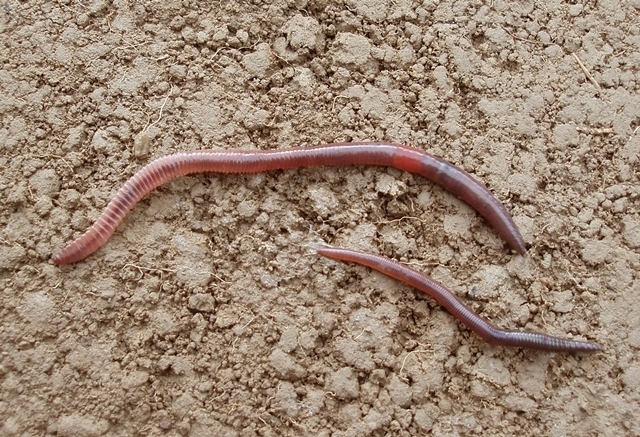Porcellionides pruinosus: Difference between revisions
Jump to navigation
Jump to search
No edit summary |
No edit summary |
||
| Line 1: | Line 1: | ||
. | . | ||
''[[ | ''[[Porcellionides pruinosus]]'', also commonly referred to as the Powder Blue Isopod, is a species of [[isopods]]. It is referred to as this due to its blueish-gray powdered coloration on the carapace | ||
[[File:Redhead.jpg|thumb|640px|right|Close up photo of Lumbricus rubellus on top of soil]] | [[File:Redhead.jpg|thumb|640px|right|Close up photo of Lumbricus rubellus on top of soil]] | ||
==Taxonomy== | ==Taxonomy== | ||
'''Kingdom:''' Animalia | '''Kingdom:''' Animalia | ||
'''Phylum:''' | '''Phylum:''' Arthropoda | ||
'''Class:''' | '''Class:''' Malacostraca | ||
'''Order:''' | '''Order:''' Isopoda | ||
'''Family:''' | '''Family:''' Porcellionidae | ||
'''Genus:''' | '''Genus:''' Porcellionides | ||
==Overview== | ==Overview== | ||
[[File:|thumb|256px|left|Photo of Lumbricus rubellus in a petri dish<ref name="Hoffmeister">Lumbricus rubellus Hoffmeister, 1843, Søborg, Denmark, 23 April 2016: https://commons.wikimedia.org/wiki/File:Lumbricus_rubellus_%2826533505231%29.jpg</ref>]] | [[File:|thumb|256px|left|Photo of Lumbricus rubellus in a petri dish<ref name="Hoffmeister">Lumbricus rubellus Hoffmeister, 1843, Søborg, Denmark, 23 April 2016: https://commons.wikimedia.org/wiki/File:Lumbricus_rubellus_%2826533505231%29.jpg</ref>]] | ||
==Habitat== | ==Habitat== | ||
==References== | ==References== | ||
<references /> | <references /> | ||
https://bantam.earth/porcellionides-pruinosus-powder-blue-isopods/#:~:text=Powder%20Blue%20Isopods%20are%20a,with%20white%20and%20brown%20spots. | |||
Revision as of 19:24, 18 April 2025
. Porcellionides pruinosus, also commonly referred to as the Powder Blue Isopod, is a species of isopods. It is referred to as this due to its blueish-gray powdered coloration on the carapace

Taxonomy
Kingdom: Animalia
Phylum: Arthropoda
Class: Malacostraca
Order: Isopoda
Family: Porcellionidae
Genus: Porcellionides
Overview
[[File:|thumb|256px|left|Photo of Lumbricus rubellus in a petri dish[1]]]
Habitat
References
- ↑ Lumbricus rubellus Hoffmeister, 1843, Søborg, Denmark, 23 April 2016: https://commons.wikimedia.org/wiki/File:Lumbricus_rubellus_%2826533505231%29.jpg